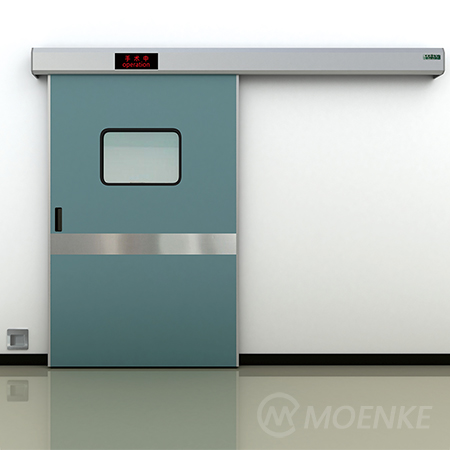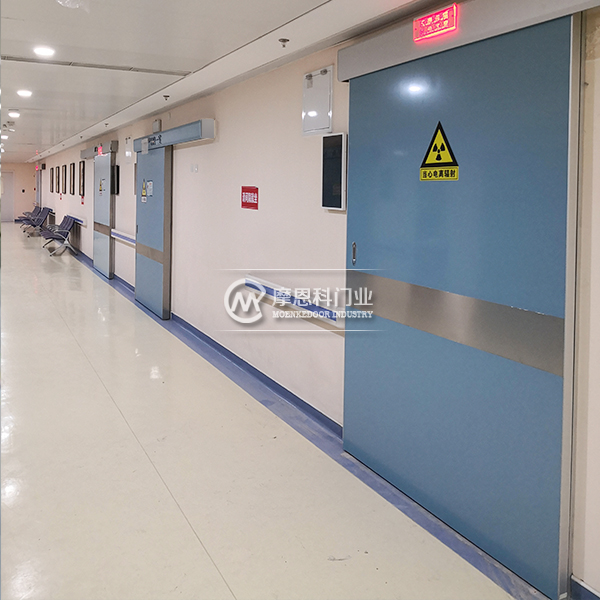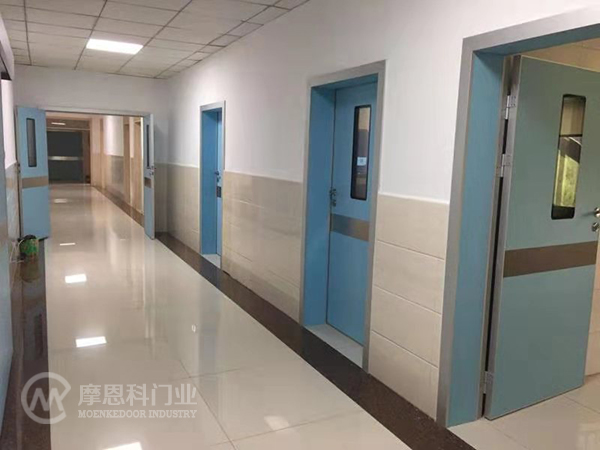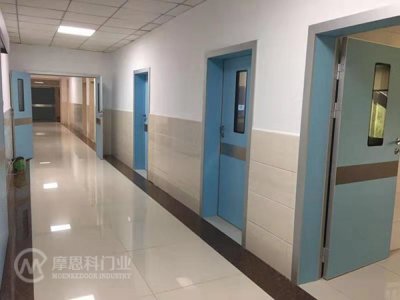Nowadays, medical doors are an important part of medical buildings. We know that medical doors can effectively isolate the spread of air and bacteria, especially in the past three years when the epidemic has repeatedly erupted. The importance and significance of medical doors have been highlighted. Its emergence not only reduces the occurrence of hygiene infections, but also lowers the risk of medical accidents. This article will explore the types, structural characteristics, key performance indicators, and application fields of medical doors, and provide a detailed explanation of their significance in the medical industry.
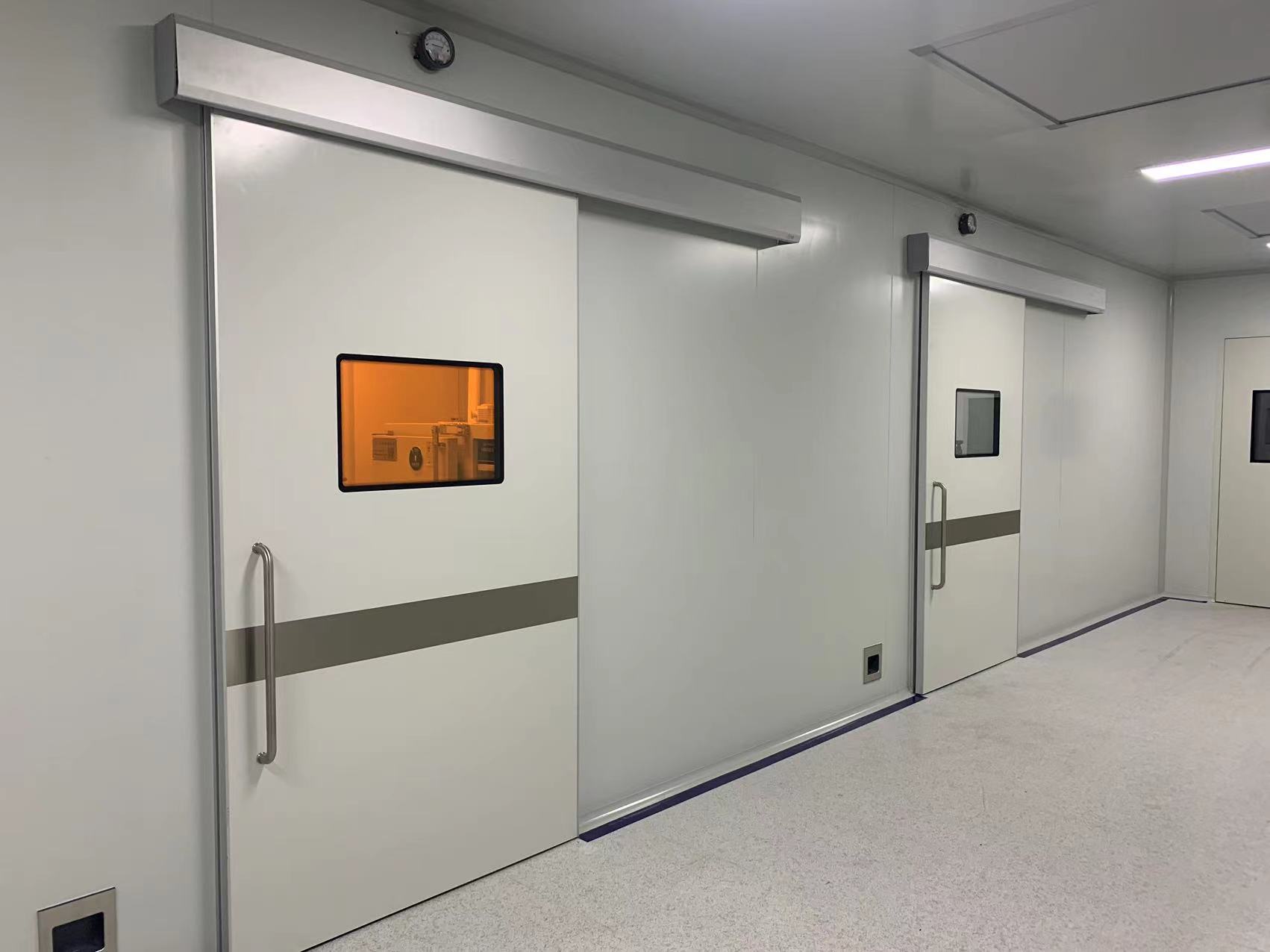
1. Types and structural characteristics of medical doors
Medical doors are mainly divided into four types: fireproof doors, airtight doors, soundproof doors, and radiation proof doors. The structural characteristics and key performance indicators of these doors are not the same, so in practical applications, they need to be selected according to the actual needs of the hospital. The main function of fire doors is to isolate the spread of fire and prevent the spread of smoke. Airtight doors are mainly used to isolate the airflow in different areas of hospitals to reduce the spread of air and bacteria. Soundproof doors are mainly used for sound insulation, improving the acoustic environment of places such as wards and operating rooms.
2. Key performance indicators of medical doors
The key performance indicators of medical doors mainly include five aspects: material, fire resistance, air tightness, sound insulation, and radiation resistance. Among them, the material mainly refers to the material of the door skeleton and panel. The skeleton material is mostly made of steel plate frame with fillers, while the panel material is selected according to different needs. Fire resistance refers to the flame retardant performance of doors in the event of a fire, air tightness refers to the tightness of door sealing design, sound insulation performance refers to the acoustic performance of doors, and radiation resistance performance refers to the application performance of doors near radioactive sources.
3. Application areas of medical doors
The application fields of medical doors are very wide, which can be used both inside and outside hospitals. Within the hospital, medical doors are mainly used for isolation and protection in areas such as operating rooms, ICUs, nursing stations, and isolation wards. Outside the hospital, medical doors are mainly used for isolation and management at entrances such as outpatient and emergency departments.
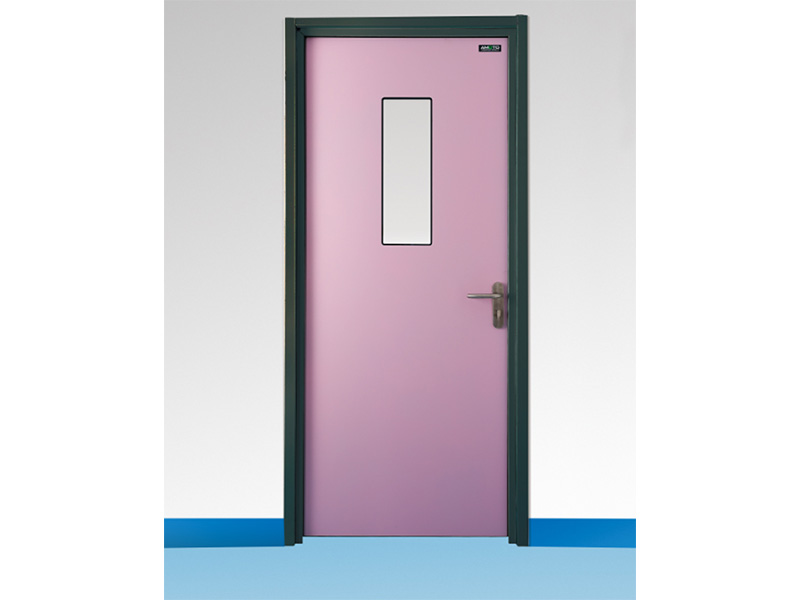
As an important component of medical buildings, the importance and necessity of medical doors are particularly evident during the three years of the pandemic. In the process of hospital construction, suitable medical doors should be selected according to the actual needs of the hospital, and their quality and performance should be strictly controlled. At the same time, medical personnel also need to pay attention to the use and maintenance of doors to ensure that they are always in good working condition.





